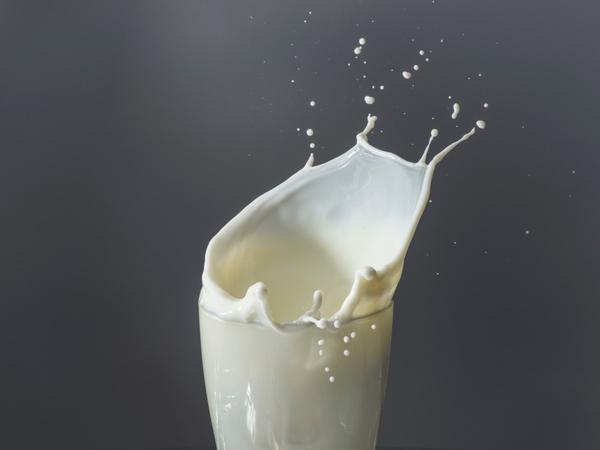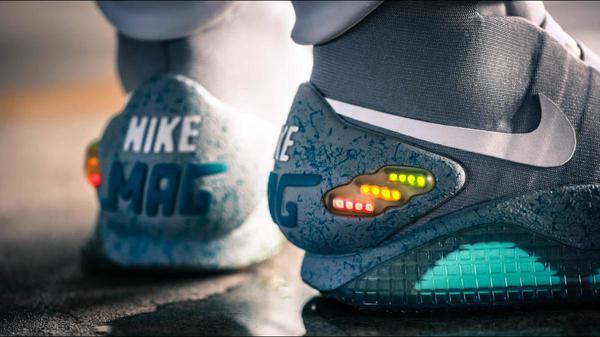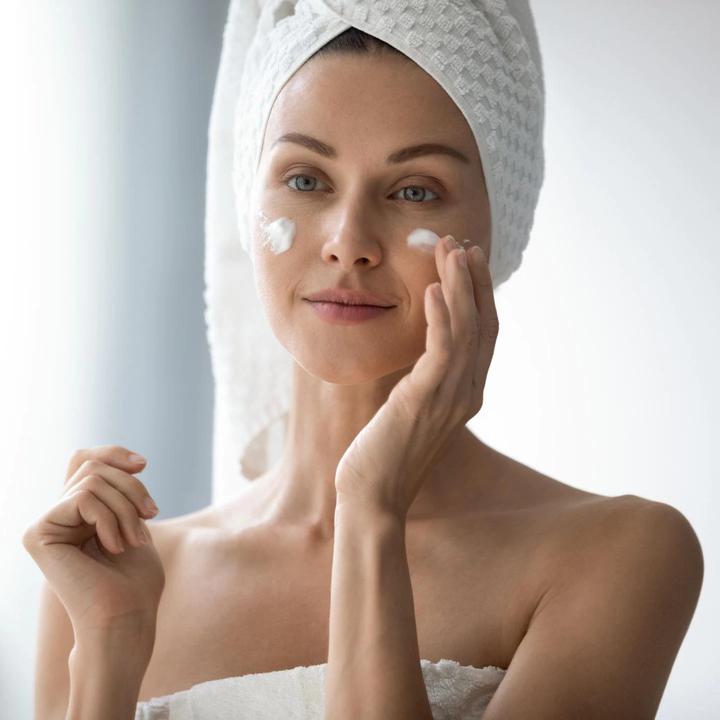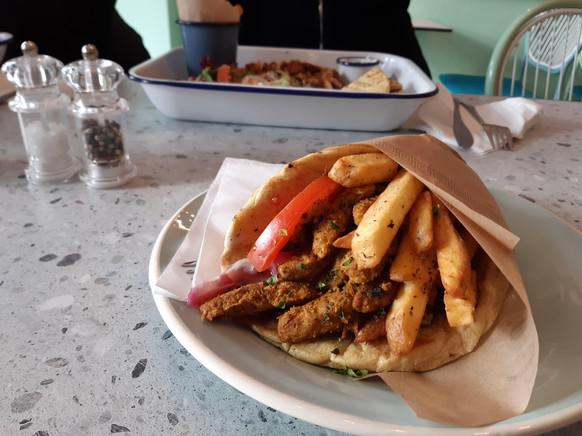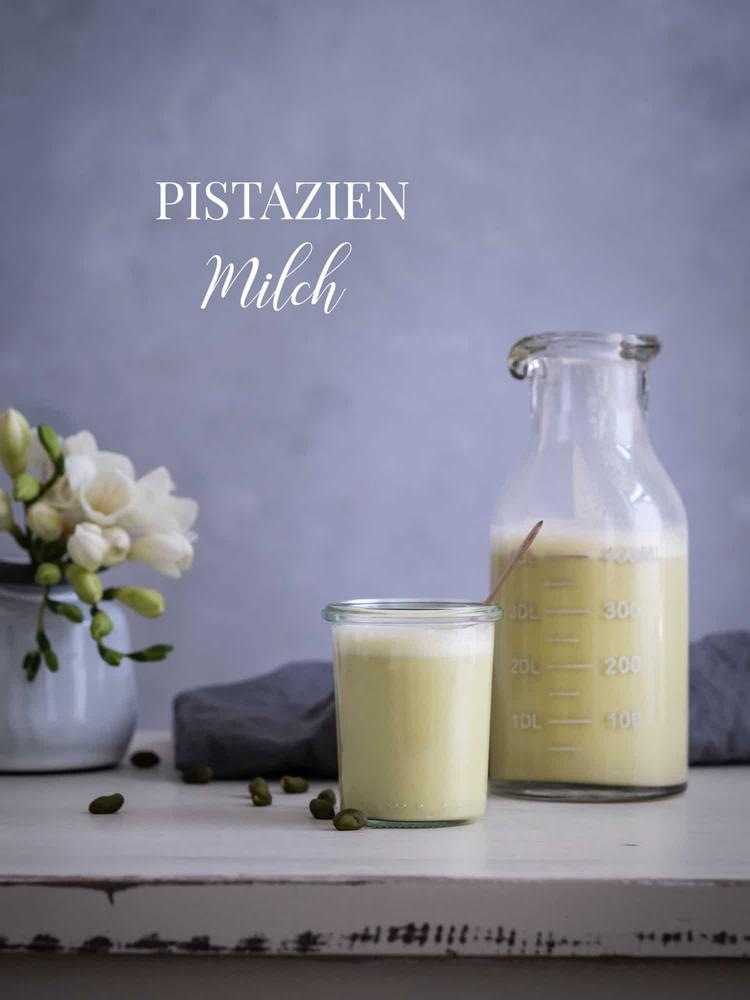
by Sarah BeekmannCategories: Cosmetics
Shea butter is a true all-rounder when it comes to body care and health. We will explain to you how it is traditionally made and what you should look out for when buying it.
The precious shea butter is now an integral part of the cosmetics sector. It is versatile, easy to work with and suitable as a remedy for various ailments. However, you should be careful to only buy unrefined and certified shea butter.
Shea Butter: Obtained from the nuts of the karité tree
The yellowish-white fat is obtained from the fruit of the shea tree. Therefore, the butter is also called karité butter. Native to tropical Central Africa, the tree can grow up to 20 meters tall. The shea nuts ripen on its branches in grape-like formations - despite their name, they belong to the berry family.
Shea nuts are 50 percent fat. To obtain the fat, the nuts are freed from their pulp and chopped up in a complex process. The ground kernels are then mixed with warm water and kneaded into a mushy mass. The fat that separates out gradually settles on the water surface and can be sieved off. When cooled, it hardens and takes the final form of pure shea butter.
Shea Butter: Unrefined or Refined?
In general, unrefined, pure shea butter is considered more effective because it contains more natural nutrients than the refined variety. The unrefined form is yellowish-white, occasionally with a slight green tinge.
Depending on the variety, shea butter has a mild, aromatic-spicy smell reminiscent of chocolate. Butter is often refined for commercial processing. As a result, their color becomes pure white. This happens because the beta-carotene is lost during the refining process. The color alone makes it easy to tell whether it is refined or unrefined shea butter. Unrefined butter also absorbs faster into the skin and leaves no greasy film.
Ingredients of Shea Butter
A special feature that makes unrefined shea butter so valuable is its high concentration of so-called unsaponifiable components. This means that these molecules cannot be dissolved, i.e. “saponified”, through contact with water. These unsaponifiable components in butter are substances such as oleic acid, hydrocarbons, tocopherols or phytosterols.
The latter in particular are of great benefit for your skin care: Phytosterols are a natural component of the skin's own fat layer and ensure that nutrients from the outside can be better absorbed. They also keep your skin elastic and compensate for lack of moisture. In addition to these ingredients, unrefined shea butter has a number of other valuable ingredients. These include:
Shea butter in aesthetic and medical cosmetics
Shea butter has many uses. In aesthetic and medical cosmetics, it is used, among other things, for:
Tip: Add some unrefined shea butter to the warm bath water the next time you take a full bath. The beneficial ingredients are particularly well absorbed by your skin in the warm water. There it makes your skin soft and supple. Leaderboard: The best organic body lotion
What to look out for when buying shea butter
Shea butter serves as a versatile healing and care product as an all-rounder in your medicine cabinet. There are a few things to consider before you buy:
Homemade cosmetics made from shea butter
You can use unrefined shea butter as a wonderful base to make your own cosmetics. Try homemade lip balm or homemade deodorant.
Read more on Utopia.de: ** Links to sources of supply marked with ** or underlined in orange are partly partner links: If you buy here, you actively support Utopia.de, because we then receive a small part of the proceeds from the sale. More info.
Do you like this post?
27310Thank you for your vote!

